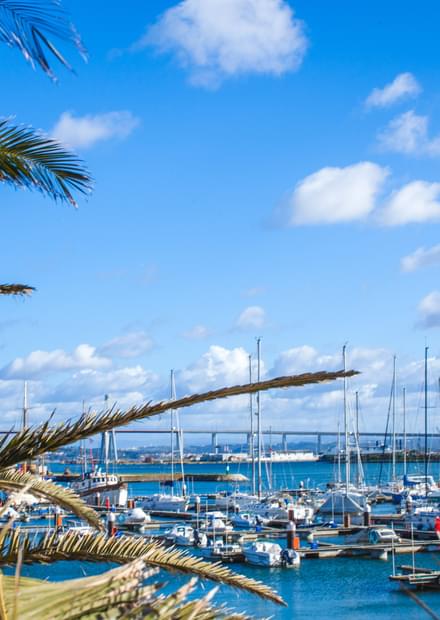Home of a unique ecosystem in Portugal: the 47 km-long Aveiro Lagoon, Ria de Aveiro, that fascinates its visitors with its absolutely eye-catching biodiversity.
From the Atlantic coast, through the dunes, salt-pans and reed bed areas up to the first woods you will discover different habitats with a rich and varied bird life. The Lagoon has the status of Important Bird Area (IBA) and Special Protection Area (SPA).
Here you will find the Natural Reserve of São Jacinto Dunes, a well-kept dune extension along the Atlantic coastline.
The “moliceiros”, the colourful boats of Ria de Aveiro, are a true must of the city. The Monte Branco Shipyard Museum, located in Monte Branco beach, in Murtosa, designed by the architect João Ruela, celebrates the great masters of Moliceiros boat construction, its techniques, tools and creative processes.
Oyster production plays a major role in local economy.
Comur is a prestigious preserved food factory located in Murtosa, and truly a success story! Founded in 1942, Comur continues to grow, meeting the most demanding excellence and quality standards. Preserved sardine is the most sought-after product, but the enterprise is mostly known for the production of preserved eels.
The surprising city of Ílhavo, located 6 km away from Aveiro, proudly exhibits its deep-rooted maritime tradition. It stands out as a stronghold of the codfish heritage, since this has always been a land of brave sailors who played a major role during the Portuguese Discoveries and the codfish campaigns in Newfoundland.
This maritime tradition can be witnessed in Ílhavo Maritime Museum, designed by the architects Nuno Mateus and José Mateus, and the surprising codfish aquarium.
Ílhavo is also an exciting destination for bike, beach and water sports’ lovers, where travellers can find the most colourful beach in Portugal: Costa Nova, famous for its enchanting houses in stripes, along with the iconic 62 m-high Lighthouse of Barra beach.
The beaches of Furadouro, Vagos and Mira are examples of traditional fishing “arte xávega”, a symbol of very ancient Portuguese fishing traditions.










